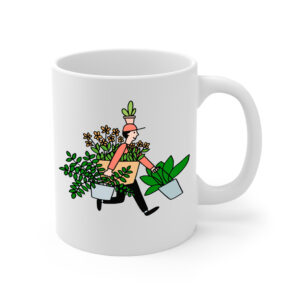Table of contents
Neoregelia ‘Flandria’

Latin Name: Neoregelia ‘Flandria’
Category: Bromeliad
Family: Bromeliaceae
Origin: Cultivar
Climate: Tropical
Growing Zones: 11-10
Care Instructions
The Neoregelia ‘Flandria’ (Neoregelia ‘Flandria’) is a tropical plant that originates from Cultivar. This bromeliad plant belongs to the Bromeliaceae family and is well-suited for growing in USDA zones 11-10.
Complete Care Guide for Neoregelia ‘Flandria’
Watering Requirements
Neoregelia ‘Flandria’, a stunning bromeliad, has specific watering needs that are crucial for its health. This plant prefers to be watered from the top, allowing water to collect in its central rosette. It is essential to keep this water reservoir filled, especially during the growing season, which typically spans from spring to early fall. Use distilled or rainwater to avoid the harmful effects of chlorine and other chemicals found in tap water. During the winter months, reduce watering frequency, allowing the plant to dry out slightly between waterings. Overwatering can lead to root rot, so ensure that the pot has adequate drainage. A good rule of thumb is to check the water level in the rosette weekly and refill as necessary, while also monitoring the soil moisture to prevent sogginess.
Light Conditions
Neoregelia ‘Flandria’ thrives in bright, indirect light. While it can tolerate some direct sunlight, especially in the morning, too much can scorch its leaves. Ideally, place your plant near a window that receives filtered light or in a well-lit room. If the leaves start to lose their vibrant colors or become elongated, it may be a sign that the plant is not receiving enough light. Conversely, if the leaves develop brown tips or spots, it may be getting too much direct sunlight. For optimal growth, aim for a balance of light that mimics its natural habitat, which is typically found in the understory of tropical forests.
Soil Preferences
When it comes to soil, Neoregelia ‘Flandria’ prefers a well-draining mix that retains some moisture without becoming waterlogged. A commercial bromeliad or orchid mix is ideal, as it typically contains a blend of bark, perlite, and sphagnum moss, providing the necessary aeration and drainage. If you prefer to create your own mix, combine equal parts of peat moss, pine bark, and perlite. Fertilization should be done sparingly; use a balanced, water-soluble fertilizer diluted to half strength every 4-6 weeks during the growing season. Avoid fertilizing during the winter months when the plant is dormant, as this can lead to nutrient buildup and potential damage.
Pests and Diseases
Neoregelia ‘Flandria’ is generally resilient but can be susceptible to common pests such as mealybugs, aphids, and scale. Regularly inspect the undersides of leaves and the rosette for any signs of infestation. If you notice pests, treat them promptly with insecticidal soap or neem oil, ensuring to cover all affected areas. Additionally, watch for signs of fungal diseases, which can occur if the plant is overwatered or if humidity levels are too high. Symptoms may include leaf spots or a general decline in plant health. To prevent these issues, ensure good air circulation around the plant and avoid getting water on the leaves during watering.
Special Care Tips
To keep your Neoregelia ‘Flandria’ thriving, consider a few special care tips. First, maintain humidity levels around 50-70% for optimal growth; this can be achieved by misting the plant regularly or placing it on a pebble tray filled with water. Additionally, avoid placing the plant in drafty areas or near heating vents, as sudden temperature changes can stress the plant. If you notice the leaves starting to curl or droop, it may be a sign of underwatering or insufficient humidity. Lastly, consider repotting your Neoregelia every couple of years to refresh the soil and provide more room for growth. With the right care, your Neoregelia ‘Flandria’ will reward you with its vibrant colors and unique foliage, making it a stunning addition to your indoor garden.








